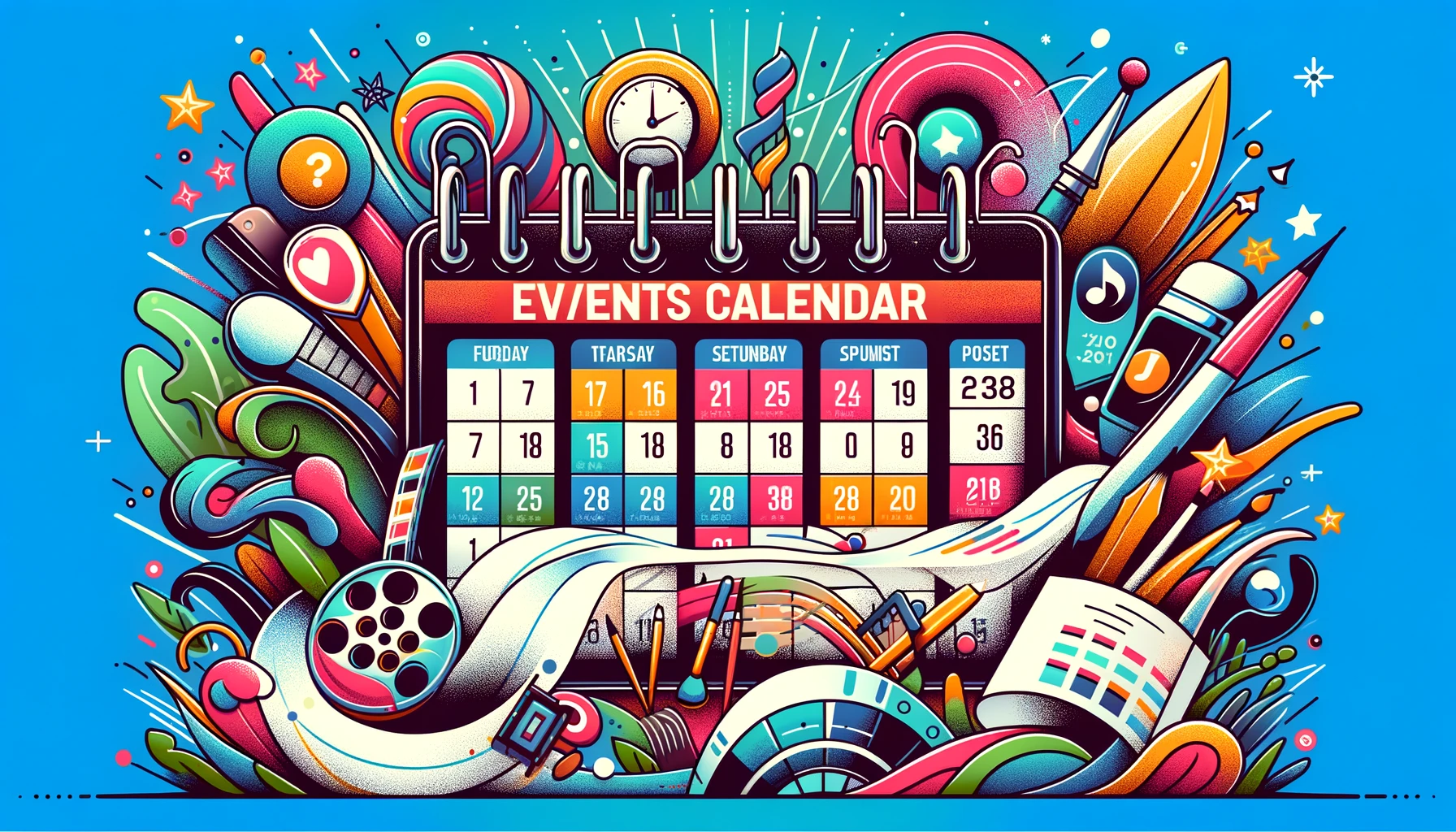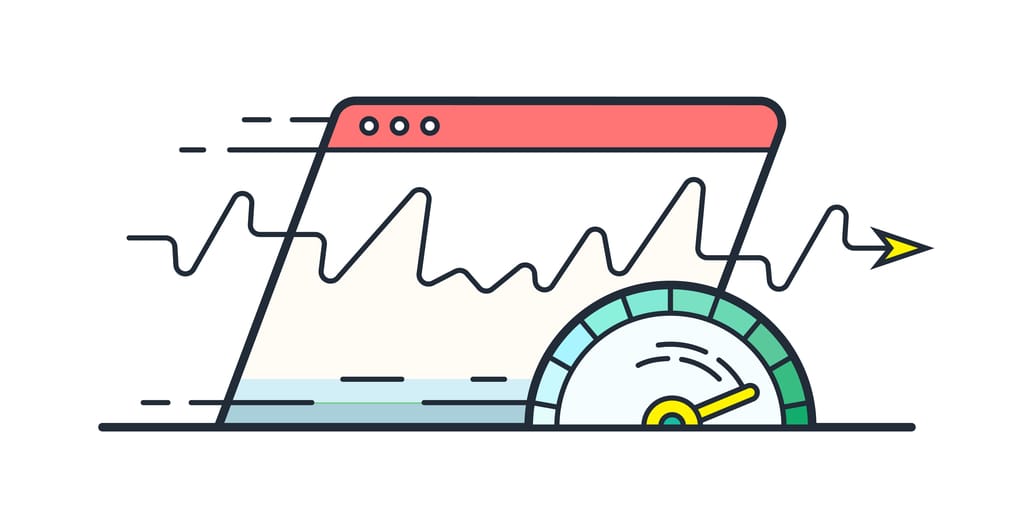Hiring a Web Developer is a challenging part of hiring managers. If you thinking about hiring a web developer to develop your next website or re-do your existing one? You might going to do some mistakes so here we list some of the most common mistakes you should avoid.
Table of Contents
Not understanding that, as a general rule for Hiring a Web Developer, you don’t need “a website” but rather to sell online.
When we look for someone to develop a website for us, we must always bear in mind that the website is not an end in itself but a means to achieve something, which in the vast majority of cases is to attract new potential clients. Some may indeed want to use it as a business card for people who already know them, but in general, those who want a website aspire to increase their revenue by becoming known among users who are searching for services or products like the ones they offer.
For that reason, if we contact a development agency and they are not interested in how we will attract visitors who could potentially become customers, we must be cautious because they probably won’t conceive it as part of a strategy to attract future traffic. In that case, we would be spending money for nothing, and the modifications we’ll have to make later could cost us a fortune. Therefore, if a developer simply asks for content for the website and provides a nice design without showing interest in your business, they don’t really care about your business.
The requirements that a website must meet are mainly related to how useful we are to potential clients and the trust we generate in them. A website instills confidence when it provides all the information we seek with just one click, without having to navigate to different pages to find something or “explore” hidden paths or wait for an animation or video to finish. It should present this information abundantly and in a visually appealing manner.
Therefore, a website must adhere to the usability patterns set by pioneering companies in the market, that is:
- With a menu at the top that allows reaching any information, we need with just one click (who the company is, where it’s located, how to contact it, what services it offers, etc.). In this regard, we should consider rejecting menus that are not visible at first glance and require clicking on an icon to expand them, as this adds an extra click to the ideal itinerary between landing on our page and conversion, that is, what we want the customer to do on our website (request information or make a purchase).
- With good readability (preferably with a white background and dark text, sufficient margins and line spacing, differentiated horizontal sections, etc.).
- With the minimum mobile elements that, despite being aesthetically appealing, are detrimental to Google indexing, and therefore to the website’s ranking, and they slow down the page, making it difficult for users to find what we want, which is to make a purchase or request information. Additionally, many of these elements make sense on computers, which have larger screens and allow better visualization of all these elements (moving image carousels, images shading when hovered over, elements appearing or disappearing when scrolling up and down, etc.). However, on mobile devices, where the majority of visits take place, these elements do not serve a purpose because there is no cursor to move. This is a contentious point because many companies prioritize aesthetics over a good user experience, but they usually end up regretting it.
- With a careful selection of images, preferably taken by a professional (whether they are custom-made for the company or selected from a stock of images). It is essential to consider that over 80% of the most attractive websites in the market appear so due to the quality and suitability of the images.
- Unique, relevant, and useful texts (information) that provide sufficient information about what we offer. This will not only make them more inclined to contact us or make online purchases but also facilitate the process of converting them into customers because they will come to us with part of the lesson learned.
For all these reasons, a website does not have to be original or different in terms of structure, just as a store will not sell more just because it has facilities with a strange shape or walls painted in a different color. A website has to be useful, offering good content, presented in an attractive and user-friendly manner, similar to what a store would do by having quality products displayed attractively and within reach for customers to look at, touch, or smell.
Not having previously designed an online growth strategy.
There are people who think they have to have a website. By force. And that’s why they often make the mistake of investing in a website, even if it’s cheap, that will be absolutely useless if it’s not part of a defined strategy: they will have wasted money and often time.
Imagine you have a small neighborhood restaurant that is always packed with people. Do you need a website? Probably not, because you won’t get any return from it. Just managing what is said about your place on TripAdvisor and Google reviews, and if you find it necessary, responding to them, will be more than enough.
On the other hand, if you want to be found on Google and want people to get to know your restaurant, then having a website will be useful. But not just any website with any template you find for this type of business. It has to be tailored to what you want to offer on the web. For example, if you want to allow reservations, you’ll need to set up a good system for it and dedicate time to managing them daily. If you want people to know your daily menu before visiting, you’ll need to provide an easy way to do it and dedicate time to it. And in any case, you’ll need to allocate resources periodically to maintain your positioning on Google and invest in advertising.
In any case, you must assume that a website (especially if it is an online store) will probably change the production system of your company. It may cause:
- A reorganization of staff (for example, allocating more personnel to order management, updating the website, handling phone calls or emails, etc.)
- A change in pricing policy (for example, if the advertising and positioning costs are too high compared to the profit obtained from each product or service, you may have to increase prices).
- A reassessment of the products or services for sale (if you have to sell a product at a price too high to recoup the advertising and positioning costs and make a profit, and it doesn’t sell, that product or service may not be suitable for online sales).
A reallocation of resources (it’s important to consider that, in a business, about one-third of the invested resources are usually allocated to promotion, and this promotion often revolves mainly around the website).
In conclusion, a website is the starting point of an online strategy, not the other way around. And it’s essential to have that strategy clear (what we want to achieve with the website) to define the development, or else we may face unpleasant surprises when trying to make it profitable.
Let’s imagine, for example, that we are an aesthetics center, and within the website, we have differentiated two similar services on two separate pages: “eyelash extensions” and “eyelash extension maintenance.” Since a user, regardless of which service they are interested in, will likely search for “eyelash extensions,” if we want to run a paid advertising campaign on Google, which page within the website should the ad direct to? Wouldn’t it be more logical to have both services grouped on a single page, allowing us to choose which option suits us best and direct the ad to that page? Otherwise, we are precluding one of the two user profiles from the outset, or we will be forced to direct the ad to the homepage, compelling the user to navigate through the website, which may lead to regret, and we’ll end up paying for the click for nothing. Therefore, the way the website is designed determines the profitability of our business on the Internet.
Not having a prior SEO (Search Engine Optimization) study.
Although it could be included in the previous section, it’s worth dedicating a separate explanation. Many people think that the first step is to have a website and then optimize it for Google. And this makes no sense. Would it make sense to rent a space to open a candy store without considering if there’s a school nearby or if there are children in the neighborhood? Would it be logical to open a sports store next to another one without thinking about how to differentiate ourselves or if it will be profitable?
A good positioning strategy can cost around 700 USD initially, but it is absolutely essential if we want to make the website profitable as soon as possible, and it requires marketing knowledge and expertise, as well as hours of work, hence its price. It involves studying the industry and competition on the internet (for example, if they sell similar products, how their websites are – do they have a simple purchasing process? What is their branding style? Is there anything that can be improved? What keywords do they use? Can these keywords be useful for us?).
This study determines the descriptive keywords that people search for on Google related to the products or services they want to sell. These keywords will determine the website’s structure (how many interior pages it will have based on the most important ones) and its content. Important metrics such as the number of searches, level of competition, and trend over time (if it is declining, it may indicate a declining sector) are taken into account.
Following the example of the aesthetics center, if both “uñas New York” (nails New York) and “manicure New York” (manicure New York) have interesting searches on Google, it might be beneficial to focus the homepage on one of them and have an interior page that describes the service in-depth, using the other keyword. This way, without choosing one over the other, we have double the chances of attracting customers.
Just as with the overall strategy, the SEO or positioning strategy can determine which products we should prioritize, their pricing, how we should present them on the website to differentiate ourselves from the competition, and more.
Let’s imagine we want to sell sunglasses online. A positioning strategy may reveal that all related keywords have extremely high competition, and our main competitors in the top positions on Google include giants like Amazon. Can we compete in investment with these large companies, not only on Google but also on social media? Probably not. Therefore, we may need to reach our target audience through other avenues, such as informative blog posts on the topic.
Sometimes, there are those who believe that by intuiting how people search for a product or service on Google, they know which keywords to implement on their website. But do they know the competition they face to conclude what possibilities they have to reach the first page and attract the maximum possible traffic to the website? Do they know the trend of those searches over time, so they can understand the medium-term trajectory of their product or service? Have they thoroughly studied their competitors’ websites to determine if there are any keywords they may have overlooked?
Pensar que las plantillas prediseñadas son una buena opción para nuestro negocio
If we have a clear online strategy and our positioning needs are well-defined, we will realize that they should determine the web development, not the other way around. That’s why pre-designed templates that can be bought for 50 USD on download sites are not suitable: they force us to subordinate our online objectives to what these templates offer, instead of the other way around.
Even the most customizable templates have functions that may not match what we need, or they may lack other features that would be useful, leading us to add additional plugins to combine all the solutions we require. All of this, both the unnecessary functions and the plugins we are forced to install, will slow down the website, negatively impacting the user experience, which is crucial for the conversion rate or the submission of information requests, and also affecting the website’s positioning (which, in turn, influences traffic and profitability).
Furthermore, pre-designed templates, even if they are adapted to each company, have a limited lifespan based on how long the designer initially maintains updates for them. The moment the designer decides not to invest more effort in keeping the theme compatible with all future updates, our website will become outdated, potentially encountering errors, or even becoming unusable.
The best long-term strategy is to design a custom theme from scratch for each business, to avoid significant expenses on updates and modifications for a template made by third parties. It’s essential to remember that no two templates are the same, and each designer codes differently, so the study of its functioning needs to be budgeted in addition to the development work.
Thinking that which content is suitable for our website.
The internet is full of attractive websites since nowadays, a beautiful design is accessible to anyone. As we mentioned, for 50$ we can choose from countless templates on specialized websites and use them (incorrectly according to our criteria) for our online business. This proliferation has led us to assume that a website must meet certain minimum aesthetic and usability standards based on the websites we visit frequently and consider as references.
Therefore, a website will not stand out from the competition just by being prettier but by providing the information that users are seeking. That’s why Google, which increasingly functions like a human judgment, prioritizes websites with good content even over aesthetically appealing websites that lack sufficient or interesting content.
We must understand that users come to us seeking information about our products or services, and we should strive to provide it clearly, quickly, and abundantly. That’s why it’s increasingly common for well-designed websites to do away with purely aesthetic elements that only clutter the website, slow it down, and hinder obtaining the information we are looking for, such as sliding or appearing elements.
Good web content, written by professionals in online communication, is therefore essential. It’s not enough to have the texts written; they must be conceptualized correctly: knowing, for example, whether an idea should be conveyed with an image next to the text, with a background image and overlaid text, with a box, with a list of points, etc.
Images are crucial for generating trust, as they are the first thing we notice even before we start reading the content. If an image doesn’t give us a good impression, it predisposes us negatively towards the website. That’s why images should be professional, whether they are custom-made by a photographer for the project or obtained from a stock image bank.
Moreover, it’s increasingly necessary to illustrate a website with self-produced videos or gamification elements like customizers, which increase the users’ time spent on the page, indicating to Google that the website is interesting.
It’s the content that adds value to a website and influences the conversion rate or the request for information about products and services, as well as the metrics that Google considers to evaluate the site’s quality and assign it a position in its ranking, something crucial for attracting more traffic and customers. This means that they are directly correlated with the company’s revenue through the website, which is why they can cost the same as web design itself.
Not understanding that the greater the online competition, the more investment the website requires.
Let’s imagine that a pet store wants to start selling online. There are several powerful pet stores with an extensive range of products whose success depends solely on their website. As a result, they have made a significant investment in their website, comparable to the amount many businesses invest in a physical store to get it up and running. They regularly invest in advertising and positioning, as well as dedicate hours to managing the website (processing orders, responding to emails, updating product listings, adjusting prices, etc.).
This means that, in order to compete with them, we either need to make a significant investment or opt for a hack (if there is one), which is a shortcut or a trick to reach the same destination after careful case study. A hack could be specialization, positioning ourselves as experts in a specific type of product rather than being a general supermarket of products, or finding an interesting market in another language. Additionally, we must continue to invest periodically in promoting and increasing the visibility of the website to keep up with the competition.
This happens with most businesses, as no matter how well-crafted the initial strategy is, the competition will not stand idle. The investment in advertising and website positioning must be continuous and in proportion to the impact it has on the company’s revenue.
A company that aims to increase its revenue through the web (whether it offers online sales or products and services for users to request information) must invest periodically in its visibility. This can be achieved through Google positioning (by generating and disseminating regular content) and/or through advertising on Google and/or social media. Otherwise, the competition may surpass them, and the website will not fulfill its purpose.
Considering that an expensive website will better meet our objectives or that a cheap website is ideal to start with.
Perhaps it may seem obvious, as it applies when hiring almost anything, but it’s worth emphasizing that most of the time, cheap options end up being expensive, and expensive doesn’t always meet our needs.
A website can cost a lot of money because, for example, many hours are invested in carrying out design features that, instead of attracting user traffic and converting them into customers, may have the opposite effect. This happens with an excess of effects, such as color changes, elements that appear or slide, etc. Additionally, a significant portion of this effort is focused on the desktop version, which allows for more visual appeal, but in reality, over 70% of users will view the website on mobile devices, which typically display content in a single column. Just as it’s not optimal to spend a fortune on fixing a part of our physical store that only 40% of visitors will see or less, it’s also not wise to invest a lot of money in development with design features that won’t make much sense on mobile devices.
On the other hand, some people think that starting their project with a cheap website is enough. However, in reality, there is no worse way to begin an online business than with a website that won’t help generate a single customer. It will waste money, even if it’s not a large fortune, and they will probably need to spend it again on another website that will generate a return.
The ideal way to start an online business is to have clear objectives and gradually achieve them. It may not be necessary to start with a website in three languages or offer 10 services. You can begin with a one-language website that offers some services determined by a positioning strategy (and therefore, attracting customers), and promote it through advertising to recoup the investment as soon as possible and scale it over time.
This won’t cost less than 1,000 USD, so it’s essential to keep that in mind. A custom-designed website, well-developed in one language according to a positioning strategy, with a homepage, three service sections, and a contact section, will cost around 1,500 USD.



